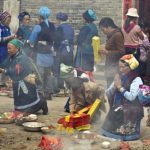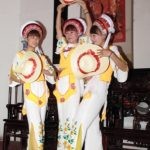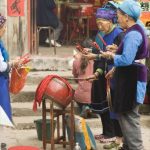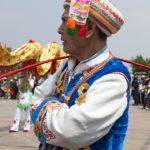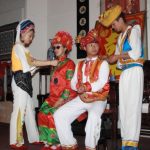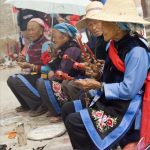Bai
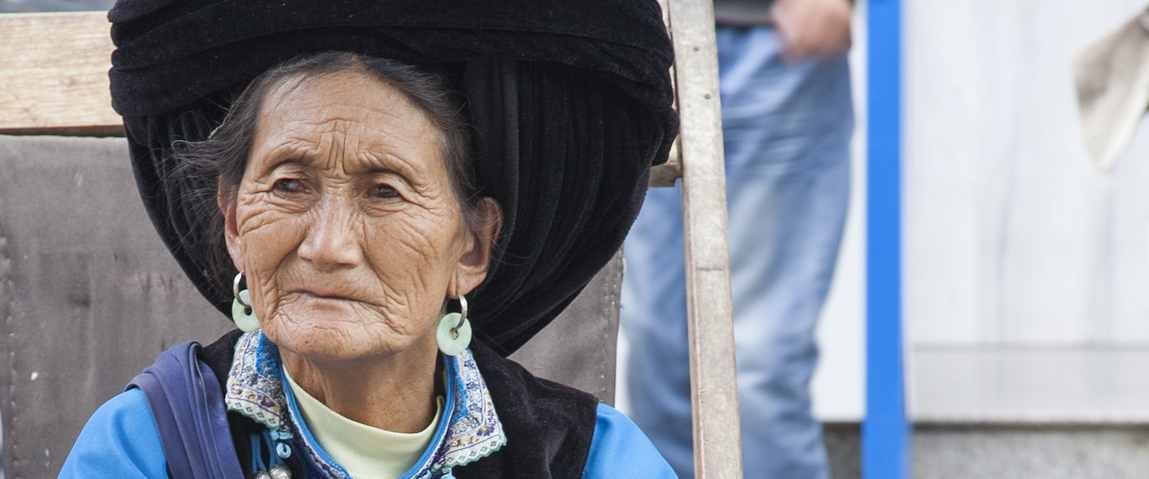
The Bai are a minority group of southwest China. Their name means “white,” which may refer to the prolific supply of white marble in their region or to their traditional garb of white sheepskins. They make their homes high in the mountains where they are surrounded by beautiful alpine lakes and emerald green valleys.
Bai families are small, and most make their living by farming, fishing and hunting. Their diet consists mainly of rice, vegetables, fruit, fish and grains. The village, to the Bai, is the most important social unit outside of the extended family. Marriages are usually monogamous (one husband, one wife), and, unlike many other Chinese tribes, Bai parents value girls as much as boys.
The Bai have a long history of domination by various kingdoms prior to Mongol rule in 1252. Today the Bai have assimilated much of the Chinese culture, and sixty percent of their vocabulary is Chinese.
The Bai are nominal Buddhists, and religious life in most Bai villages revolves around the animistic cults of Guanyin and Benzhu. They live in fear of their gods and constantly strive to appease them with religious chants, rituals and sacrifices. When a person is sick, a Buddhist priest is often called; however, spiritual matters are usually handled by the head of the family.
While estimated numbers of believers vary widely, the challenge set forth in the words of John Kuhn sixty years ago remains true today: “No widespread work of evangelization will ever be done among them until the message is taken to them in the Bai tongue.”

